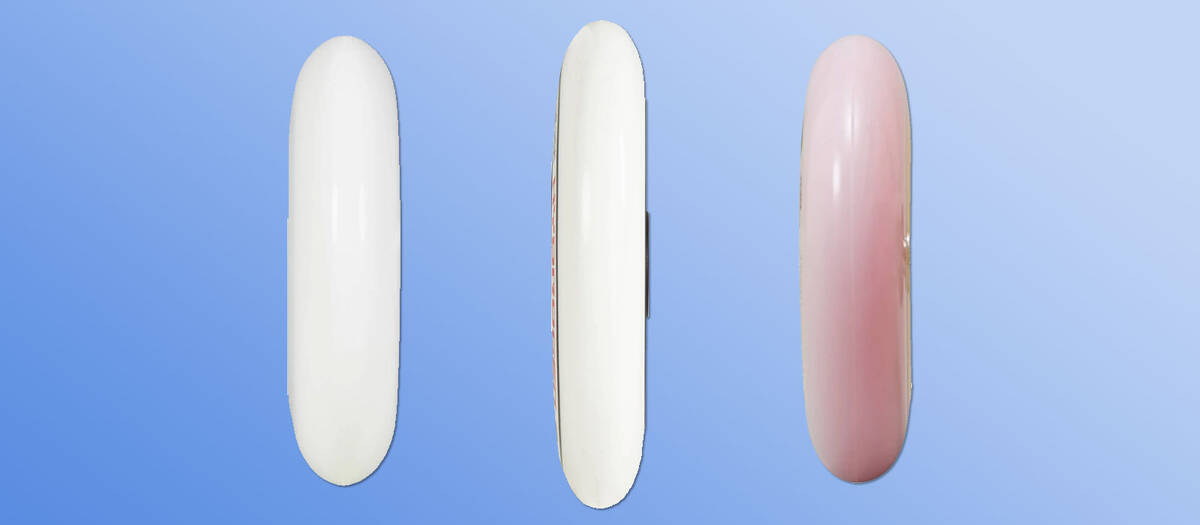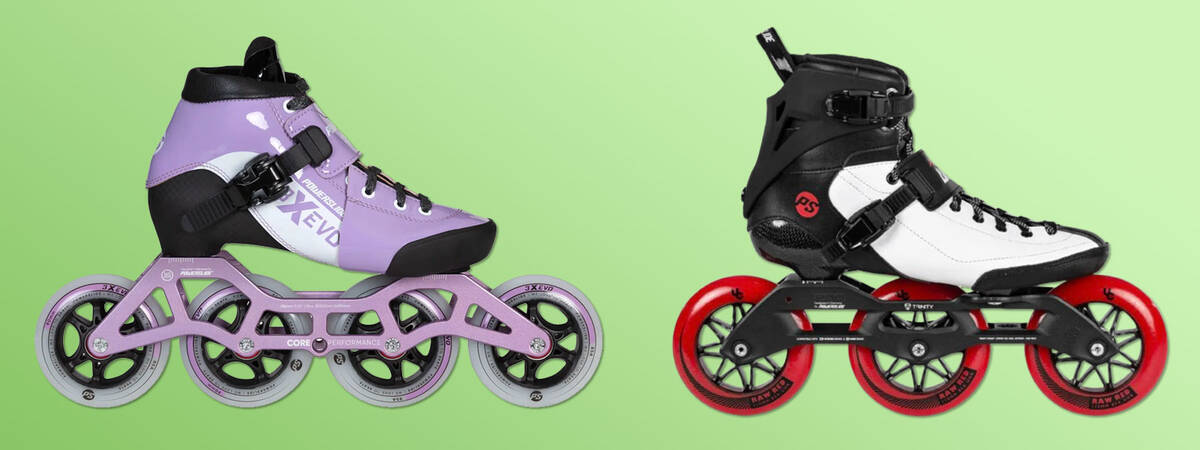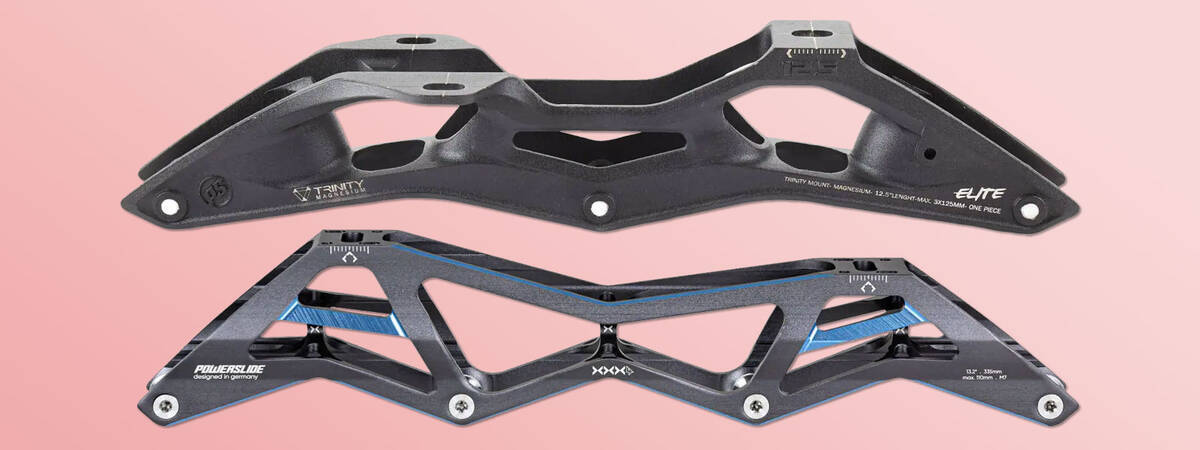Purchasing Speed Skates
Welcome to our guide for buying speed skates, covering aspects such as wheel size, bearings, boots, and frames. The goal when selecting top-notch speed skates is to enhance performance. Regardless of whether you are an amateur or a seasoned enthusiast, the primary feature of speed skates is speed, and this guide aims to help you grasp what contributes to the rapid movement of speed skates.
Your choices will naturally vary based on the conditions under which you skate and the style of speed skating you engage in, but rest assured, we will illuminate any queries you might have about selecting speed skates.
Speed Skate Wheel Guidelines

For achieving maximum velocity, inline skates with large wheels are essential. Here, we explore the fundamentals of wheels for speed skates. The size and hardness of the wheels are crucial, yet wheel hubs and profiles also impact the performance of your speed skates.
Size of Wheels in Speed Skating
Speed skating wheels tend to be bigger than those used for recreational skating. Consider these points when deciding on wheel sizes for speed skates:
- 90 mm: Ideal wheel size for novices and children, offering better control with a lower centre of gravity.
- 100 mm and 110 mm: These are suitable for casual and competitive speed skaters, allowing higher speed potential.
- 125 mm: Favoured by marathon skaters for achieving utmost speeds and covering vast distances. Such wheels are used on setups with 3 wheels.
Generally (and often practically), larger wheels permit quicker speeds. As a novice, you may not possess the technique required for managing 110 mm or 125 mm wheels, so smaller wheels might allow you to skate faster. However, if you have the skill to handle them, bigger wheels can enable greater velocities.
Conversely, smaller wheels facilitate quicker acceleration. If sprinting over short distances is your usual activity, it's advisable to steer clear of 125 mm wheels due to the additional time needed to reach their top speeds.
Note: Races held indoors or on tracks do not permit the use of 125 mm wheels.
Wheel Hardness in Speed Skating
Speed skating wheels are typically harder than those for recreational or fitness inline skates. The increased hardness ensures faster movement by minimizing friction with the surface, though this sacrifices grip and vibration absorption.
When contemplating the wheel hardness for your new speed skates, reflect on the environments you plan to skate in. Will you be on public roads outdoors, outdoor rinks, or indoor venues?
- Harder wheels: Offer reduced grip, vibration absorption, less friction, and increased speed.
- Softer wheels: Provide enhanced grip, better vibration absorption, more friction, and increased speed.
If your skating occurs on indoor rinks or especially smooth surfaces, harder wheels are preferable. However, for rougher and unpredictable road conditions, softer wheels are advisable.
The common hardness for speed skate wheels is around an 85A durometer.
Speed Skating Wheel Profile

The wheels used in speed skating generally have a pointed or narrow profile. This design results in a reduced contact surface between the wheel and the ground, leading to less friction and enhanced speed.
As your wheels wear, the contact point with the ground will expand, and the centre alignment will shift towards the edges. This change arises from the lateral movement in your stride, and it's entirely normal. We suggest rotating the wheels before this adversely affects your skating.
Number of Wheels in Speed Skates

Typically, inline speed skates have either 3 or 4 wheels per skate. Previously, models with 5 wheels were also trending, but the current versions come with either 3 or 4 wheels.
- 3 wheels per skate: A shorter wheelbase grants more agility and manoeuvrability. Additionally, skates with 3 wheels can accommodate larger wheels, which requires less physical effort to maintain speed. However, 3-wheel skates demand more technical know-how and are not suggested for total beginners.
- 4 wheels per skate: With a longer wheelbase, these skates are less agile but more stable, making them suitable for beginners.
In competitive speed skating, 3-wheel configurations with 125 mm wheels are exclusively seen in marathons. Conversely, 4-wheel setups with 110 mm wheels are common in competitive speed skating events held indoors or on specialised outdoor tracks.
Frames for Inline Speed Skates

Frames are critical in holding the wheels of inline speed skates and determine key aspects of the overall setup:
- Frame for 3 or 4 wheels: The frame dictates the wheel quantity you can equip on your skates.
- Wheelbase: The measurement between the centres of the front and rear wheel.
- Wheel size capacity: Indicating the maximum wheel size the frame can support.
Quality inline speed skate frames are generally light and made of aluminium or carbon fibre.
- Frames made from carbon fibre are stiffer and weigh less than aluminium ones and are reputed for superior power transmission.
- Aluminium frames, however, offer more durability and leniency compared to carbon frames.
Adjusting Inline Speed Skate Frames
Frame alignment in speed skates is of utmost relevance for performance-focused skaters. This consideration is vital when acquiring new frames as well as when choosing complete speed skates. You may develop specific preferences or require a different frame alignment than what is initially provided.
Aligning speed skate frames is about finding the optimal balance point that suits your body physiology. If you face difficulties keeping your ankles straight (tending to fall towards the inside of the skate), a minor lateral adjustment of the frame might be necessary.
Both lateral and longitudinal frame adjustments involve mounting the frames centrally on the boots.
Lateral adjustment of speed skate frames:
- The foremost wheel should align with the point between your big toe and second toe.
- The rear wheel should align with the centre of the heel cup of the boot.
Longitudinal adjustment of speed skate frames:
- The boot must be centred in the frame such that the distance between the tip of the boot and the frame's tip equals the distance between the boot's back and the frame's back.
Browse our full selection here:
Boots for Inline Speed Skates

Key factors in selecting inline speed skate boots should encompass maximising power transfer. This necessitates a stiff, close-fitting boot with no excess room for foot movement.
Typically, liners are absent in speed skate boots. While liners boost comfort, they can impede direct power transfer, which is why they might be absent in professional speed skating setups. Nonetheless, numerous speed-orientated inline skate models still incorporate comfort-enhancing features like high ankle support or liners, making them ideal for inline marathons.
Heat-Mouldable Speed Skate Boots
Many elite speed skates feature heat-mouldable boots, allowing the boot to become pliable upon heating. Proper heat moulding of your boots can mitigate pressure points, discomfort, and potential blistering, by tailoring the boot to your foot's unique shape. A boot that is heat-moulded correctly affords a snug, customised fit that enhances control and power transfer, which is especially advantageous for the speed-skater prioritising performance.
When engaging in the heat moulding of boots, adhere to the manufacturer's guidance specific to your model.
Bearings for Speed Skates
When acquiring speed skates, examining the bearings can be beneficial, although generally, they shouldn't be the primary deciding factor for your purchase. Decent-quality speed skates typically come with suitable bearings.
The majority of bearings are evaluated on the ABEC scale, where a higher rating denotes superior precision in manufacturing. While the ABEC ranking doesn't directly measure the rolling speed, it indicates the permissible margin of error in construction. Thus, bearings with a lower ABEC rating may not roll out as smoothly as their higher-rated counterparts.
You might also come across bearings with an ILQ rating, short for InLine Qualified. Rest assured—these bearings are high-caliber and perform excellently!
When selecting speed skating bearings, prioritise brand reputation and user experiences over mere specifications. Numerous seasoned speed skaters advise placing greater emphasis on a bearing's durability rather than simply its ABEC rating.
Maintenance and lubrication are significant concerning speed skate bearings (as well as other roller sports). Consistently monitor your bearings' conditions and remember they'll endure longer if regularly cleaned and lubricated before problems arise, otherwise, replacement will be necessary.
